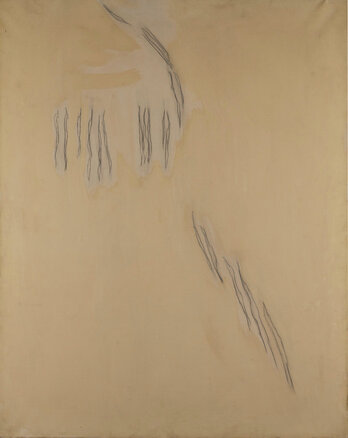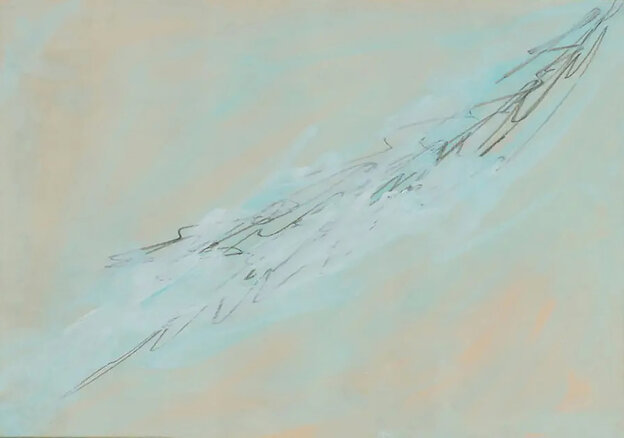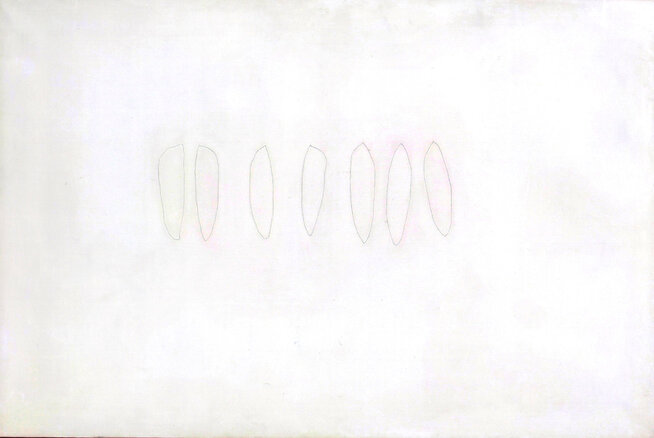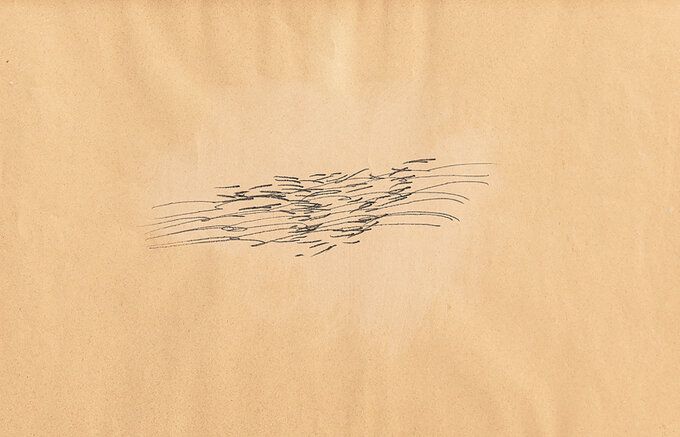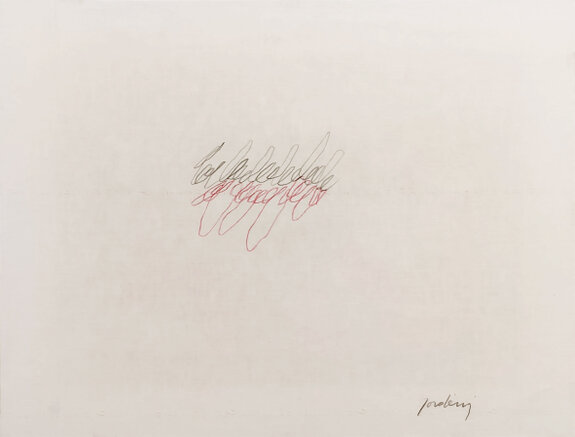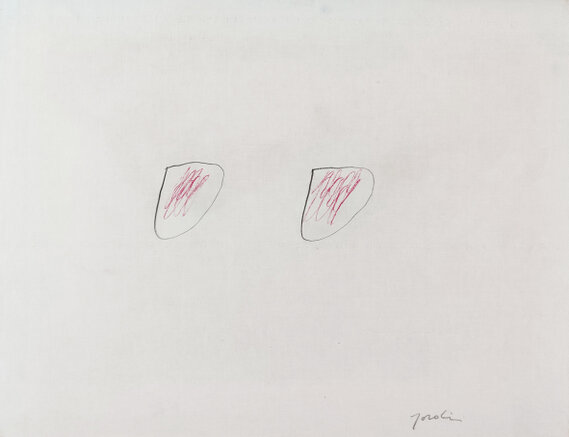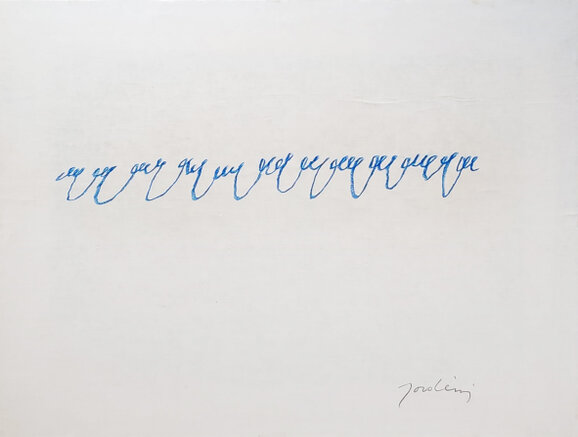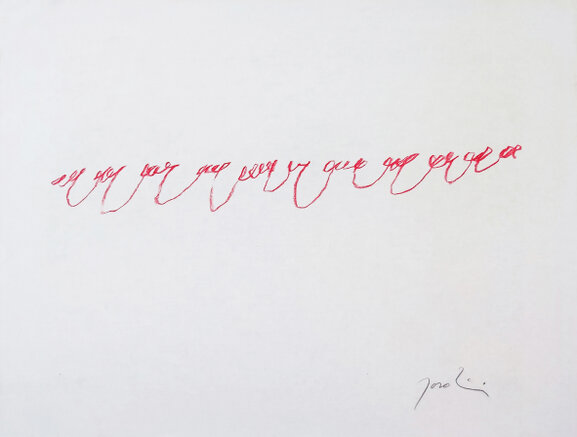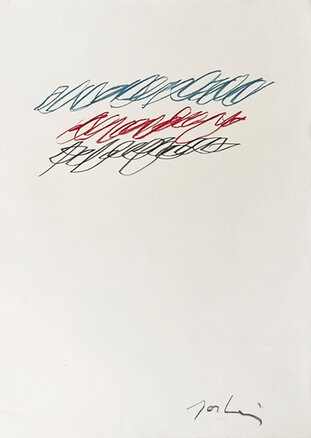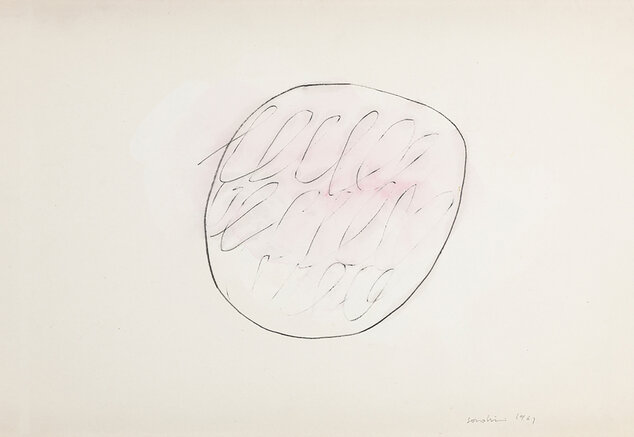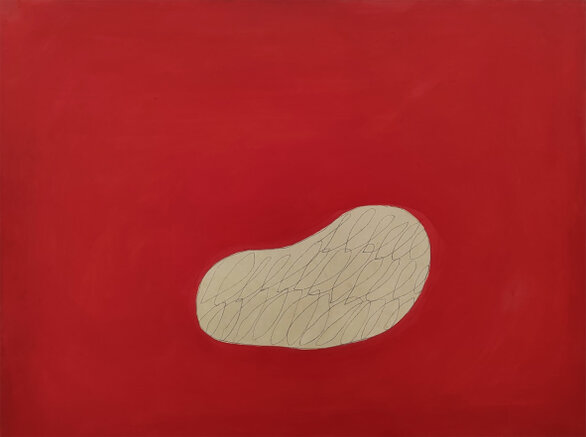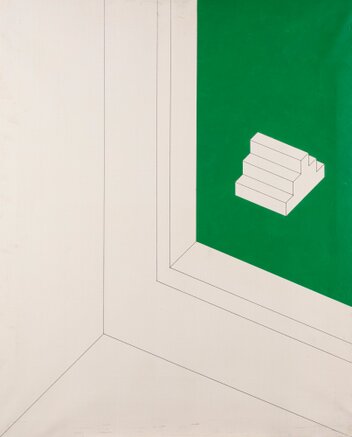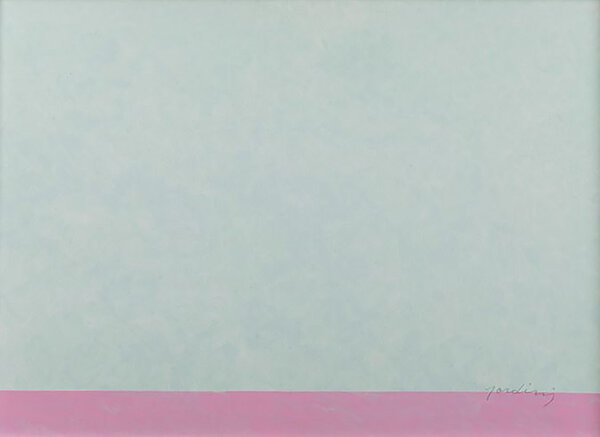ETTORE SORDINI
Ettore Sordini was born in Milan in 1934. His years in Milan had a profound impact on his artistic development, beginning with his studies at the Accademia di Belle Arti di Brera. It was there that he met Roberto Crippa, Cesare Peverelli, and Lucio Fontana, becoming close friends, collaborators, and disciples. Giorgio Cortenova wrote in Corriere della Sera on February 28, 2010, that the "brush tremors" experienced in Peverelli's studio would remain "forever in the baggage of his art." A precocious talent, Sordini began his career in Milan during a period of great creative energy. After the Futurist movement, a new group of artists emerged, influenced by Lucio Fontana, who had returned to Italy in 1947 from Argentina. During this time, Sordini developed a parasurrealist style similar to that of Piero Manzoni, whom he deeply admired and with whom he shared years of friendship and collaboration. In December 1956, Sordini, alongside Manzoni, Giuseppe Zecca, and Camillo Corvi Mora, co-signed the manifesto Per la scoperta di una zona di immagini ("For the Discovery of a Zone of Images"), which called for a type of painting that merged personal and universal mythology. This was the first of many manifestos he would write, including “L’arte non è vera creazione” (Art is not True Creation), “Oggi il concetto di quadro” (Today the Concept of Painting), signed with Piero Manzoni and Angelo Verga, “Per una pittura organica” (For Organic Painting), signed with Guido Biasi and Mario Colucci, and the “Manifesto dell’arte interplanetaria” (Manifesto of Interplanetary Art), written with Enrico Baj, Lucio Del Pezzo, Farfa, and others. These works reflected both Fontana’s spatialism and a utopian vision of positive progress. Sordini’s painting gradually developed into a more refined style, with delicate, almost imperceptible color choices, and thin, primary, sinuous lines. His early works revealed a unique sensitivity, marked by a highly personal and original graphic style. His imagery was made up of complex signs that flowed freely across the canvas, unbound by any material constraints. Sordini used a graphic technique to create subtle traces of color on canvases painted in a single tone, evoking memories of filament-like, anthropoid images, and arriving at the sign through a process that erased materiality to achieve a form of lyrical freedom. In 1962, Sordini, along with Verga, Agostino Ferrari, Arturo Vermi, Ugo La Pietra, and poet Alberto Lùcia, founded the group Il Cenobio. This was an effort to resist both nihilistic, hypercritical trends in painting and the growing influence of American artistic culture, particularly the rise of Pop Art, which signaled the end of Milan’s avant-garde scene. The Cenobio group exhibited at Galleria Il Cenobio in Milan in 1962, followed by group shows in Florence at Premio Fiorino Saletta, Galleria L’Indice in Milan, and Galleria Cavallino in Venice in 1964, along with many other exhibitions over the years. Exhibitions dedicated to the Cenobio group were later organized by Bruno Passamani in Brescia in 1981, Angela Vettese in 1989 with Milano et mitologia (focused on key years of Milan’s artistic research from 1958 to 1964), and Un percorso, ricerca e ipotesi 1959-1994: Il Gruppo Del Cenobio in 1994 at Palazzo Martinengo in Brescia and Galleria Peccolo in Livorno. The focus on the graphic sign had also been central to a Roman group that included Capogrossi, Sanfilippo, Accardi, Novelli, Perilli, Tancredi, Parmeggiani, and Twombly. Once again, Sordini bridged the gap between Milan and Rome, where he moved after the Cenobio group dissolved. In 1966, Sordini participated in the Venice Biennale, showcasing a series of works that were predominantly graphic and monochromatic. His use of geometry became more and more central to his emotional expression, evolving into a three-dimensional exploration of space. In Rome, he continued to hold solo exhibitions at Galleria L’Oca, Galleria Romero, and Galleria La Salita, while also participating in significant national exhibitions such as “Linee della ricerca artistica italiana” at the Palazzo delle Esposizioni in 1981 and the Quadriennale di Roma in 1986. By the early 1960s, Sordini was incorporating color into his works, while the sign became more structured within geometric forms. As Fulvio Abbate wrote in January 2010, “On Sordini’s canvases, it seems that the moment before things exist fully is revealed—the moment when things begin to come into being.” Sordini passed away in Fossombrone in 2012. Recent exhibitions include Fontana, Manzoni and the Avant-garde at Brun Fine Arts in London, and retrospectives such as Ettore Sordini. Works from the ‘60s and ‘70s at the Centro per l'Arte Contemporanea in Taranto and Gli anni della vita agra at Le Clarisse in Grosseto. A Catalogo Ragionato of the artist’s works is currently in preparation.
→ 01 SENZA TITOLO, 1959, oil and graphite on canvas, cm 100x80
→ 02 SENZA TITOLO, 1960,mixed technique on paper, cm 35,5x50
→ 03 SENZA TITOLO, 1961 (1964),oil and graphite on canvas, cm 100x150
→ 04 SENZA TITOLO, 1959, graphite on paper, cm 43x64
→ 05 SENZA TITOLO, 1961, mixed technique on paper, cm 40x30
→ 06 SENZA TITOLO, early '60, crayon e graphite on canvas paper, cm 47x68
→ 07 SENZA TITOLO, early '60, crayon and graphite on canvas paper, cm 47x68
→ 08 SENZA TITOLO, earlyi '60, crayon on canvas paper , cm 47x68
→ 09 SENZA TITOLO, early '60, crayon on canvas paper, cm 47x68
→ 10 SENZA TITOLO, early '60, crayon on paper, cm 34x25
→ 11 SENZA TITOLO, 1963, mixed technique on canvas paper, cm 34x49
→ 12 SENZA TITOLO (ISOLA), 1965, tempera and graphite on canvas, cm 80x60
→ 13 SENZA TITOLO, early '70, acrylic on canvas, cm 100x81
→ 14 SENZA TITOLO, 2005, oil on canvas, cm 50x70
→ 15 MARINA NOVECENTO, 2000, oil on canvas, cm 100x100


